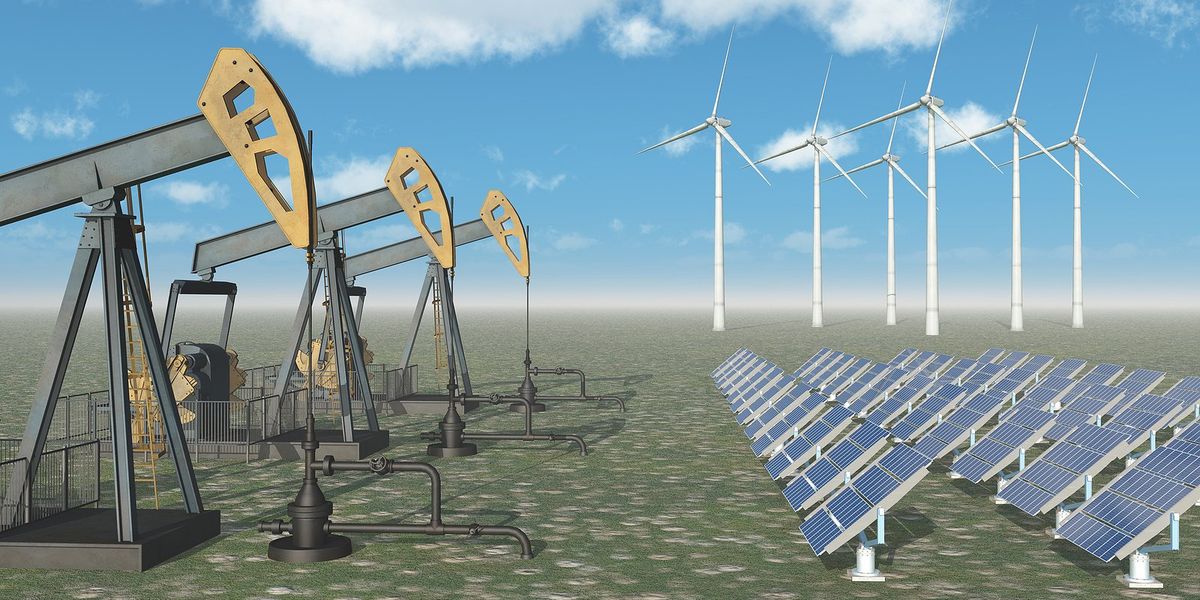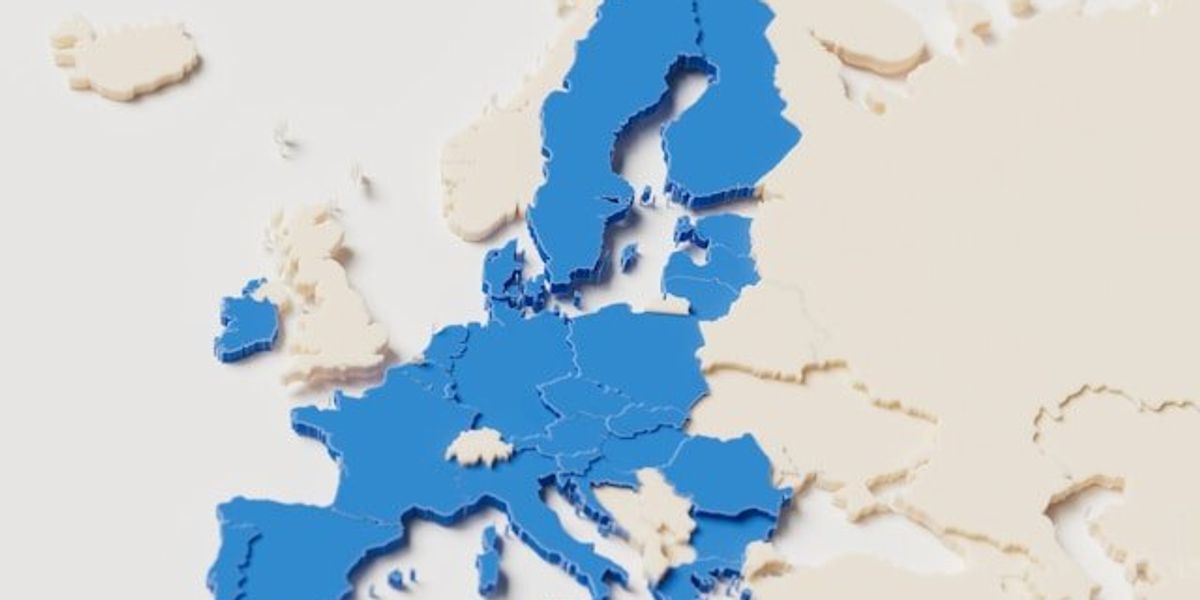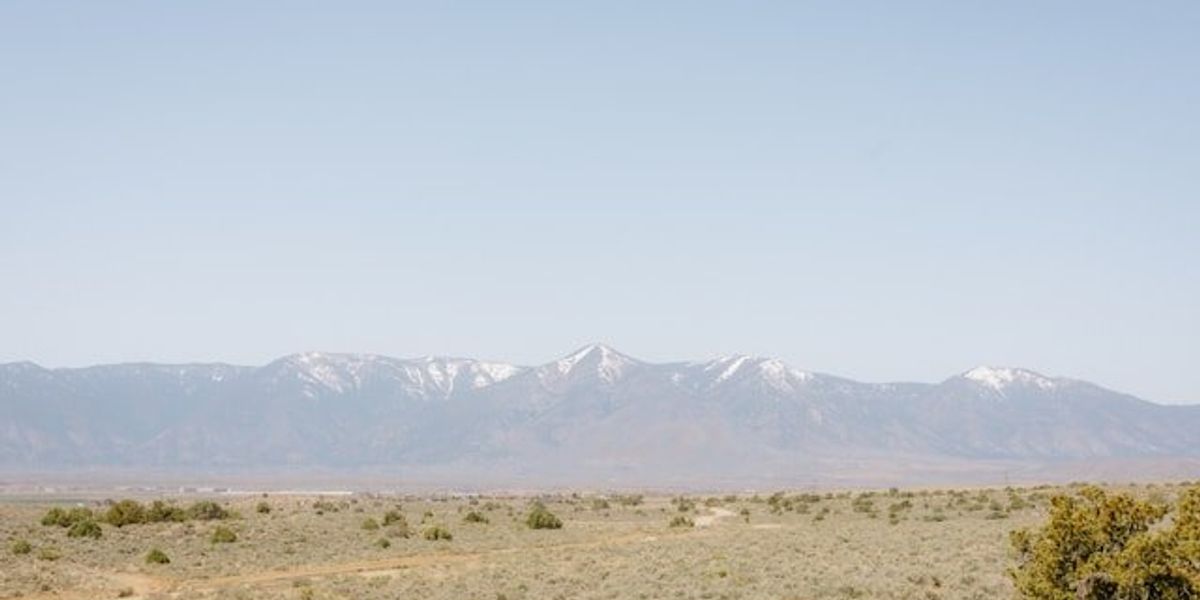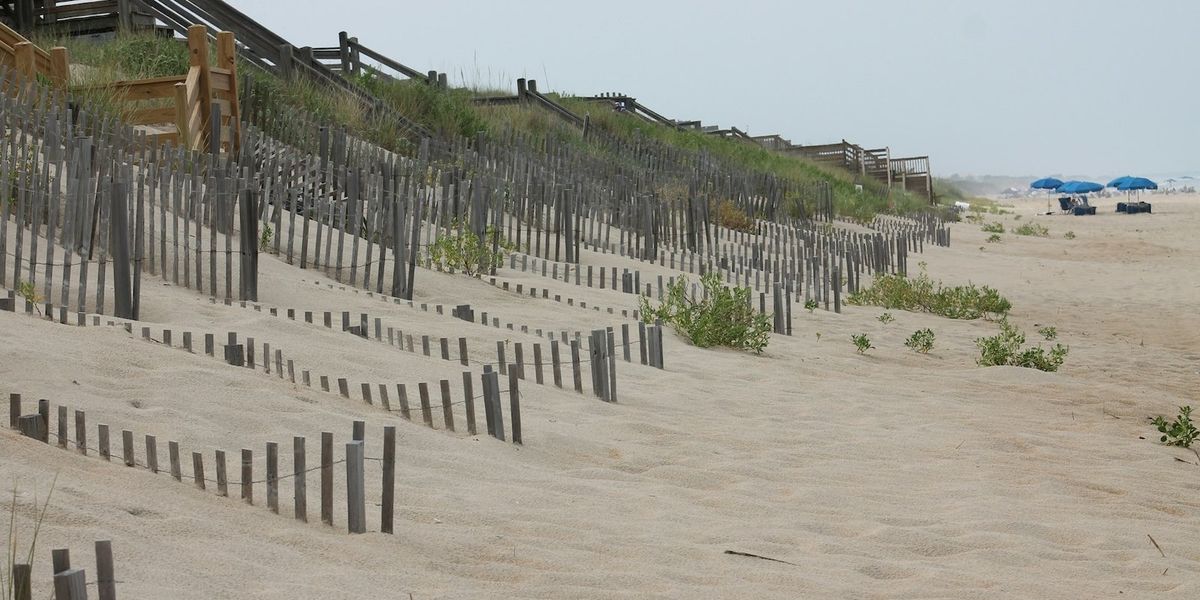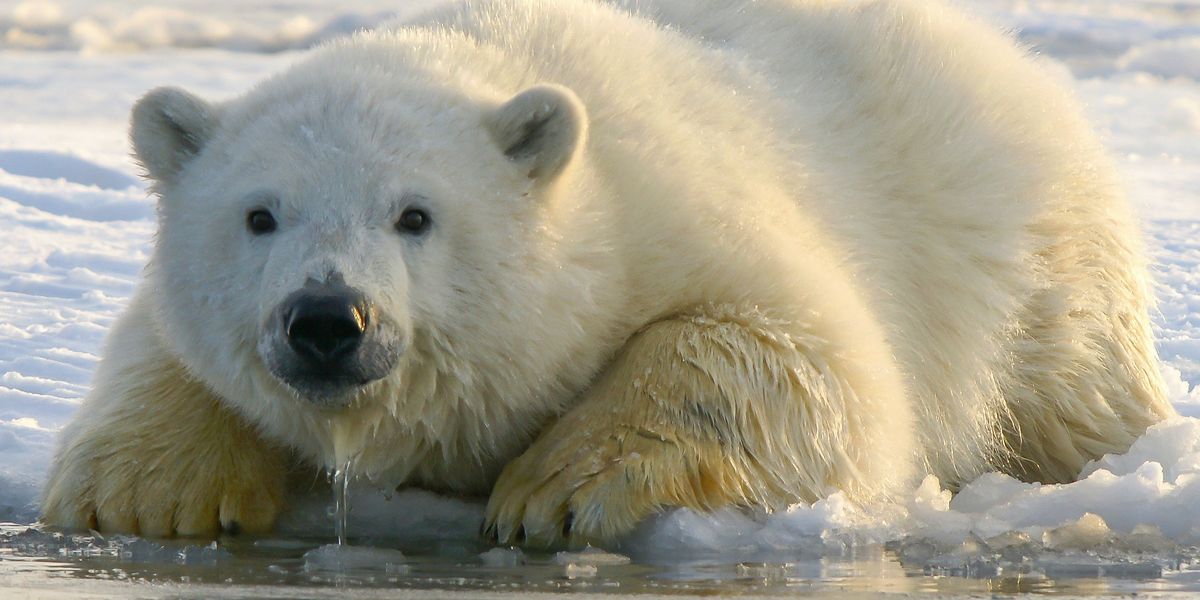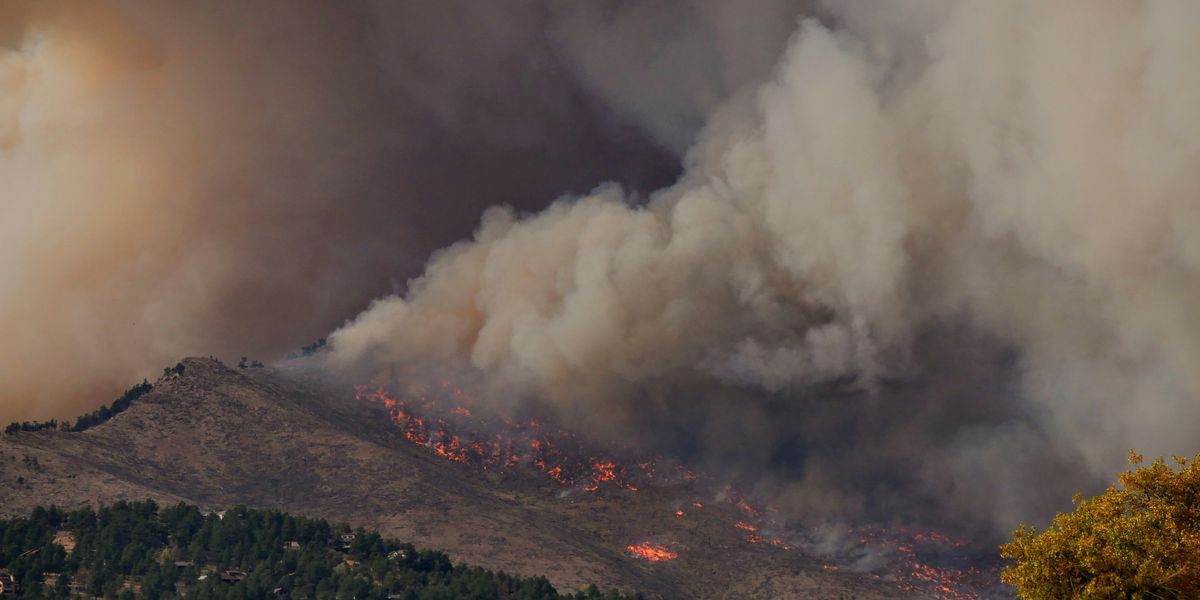Nickel mining for EVs scars Indonesia’s marine biodiversity hotspot
A rush to mine nickel in Indonesia’s Raja Ampat archipelago, driven by the electric vehicle boom, has damaged one of the world’s richest marine ecosystems despite recent government action to curb operations.
Victoria Gill reports for BBC.
In short:
- Drone photos shared by Global Witness show deforestation and sediment runoff from nickel mines in Raja Ampat, a biodiverse region dubbed the “Amazon of the Seas.”
- Indonesia revoked permits for four of five mining companies in the area, but one remains active, and campaigners fear legal challenges could reverse the decision.
- Between 2020 and 2024, nickel mining expanded by 500 hectares across Raja Ampat, raising concerns among scientists, activists, and local communities about long-term environmental and social impacts.
Key quote:
“Mining is always going to be environmentally impactful and we all tend to think that electrification is a good idea. But what is the acceptable damage that we're willing to see?”
— Mark Erdmann, coral reef ecologist
Why this matters:
The transition to electric vehicles is often marketed as a clean solution to the climate crisis, but the materials fueling this shift come with environmental costs. Indonesia sits atop the world’s largest nickel reserves, a metal crucial for EV batteries. Mining those reserves, however, can destroy tropical forests, pollute water, and harm marine life. In places like Raja Ampat, sediment from mining flows downhill into coral reefs, clouding waters and suffocating marine species. These reefs not only support vibrant biodiversity but also sustain fishing and tourism economies. Coastal communities already vulnerable to rising sea levels now face degraded environments and damaged livelihoods. As global demand for “green” technologies accelerates, the environmental toll of extracting so-called critical minerals — whether from rainforests, seabeds, or islands — poses a growing dilemma for countries trying to balance ecological preservation with economic development.
Read more: Indonesia's nickel ambitions clash with environmental and human rights

